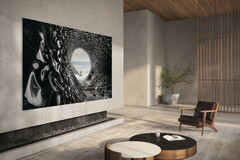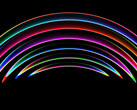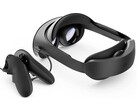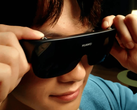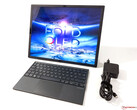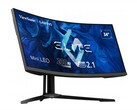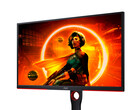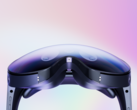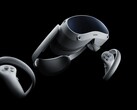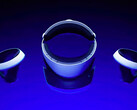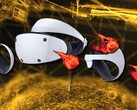With its reputation for deep blacks and accurate, rich colors, OLED is fast emerging as an in-demand and on-trend material for VR headsets. However, according to TheElec, Samsung - an OEM with an ideal position as a supplier in this market - also now advises AR device manufacturers to go for microLED instead.
The industry blog reports that Samsung Display exec Kim Min-woo laid this new corporate position out at the microLED Display Workshop conference that took place in Seoul, South Korea recently. Samsung apparently projects that image reproduction in AR needs enhanced "luminance" to be as convincing as it may need to be.
AR is indeed intended to be super-imposed on the real world; therefore, Kim Min-woo probably has a point. However, the hardware to deliver this are also likely to need particularly lightweight and low-thickness components, which is where a new product called LEDoS comes in.
It is described as a new type of microLED, but one in which the diode chips (projected to go down to 10 microns (μm) at least, with individual diodes of 3μm or less across) are directly fixed to substrates made of silicon in place of glass as in some other new versions such as those found in particularly high-end new TVs.
Kim Min-woo reportedly asserted that its incorporation will eventually result in displays with pixel densities as high as 6,600 ppi and pitch (or distance between pixels) of 5μm at the most.
Therefore, Samsung is reportedly now pushing LEDoS for next-gen AR products of improved clarity and detail as well as legibility, while touting its OLEDoS counterpart as ideal for the future of VR.




